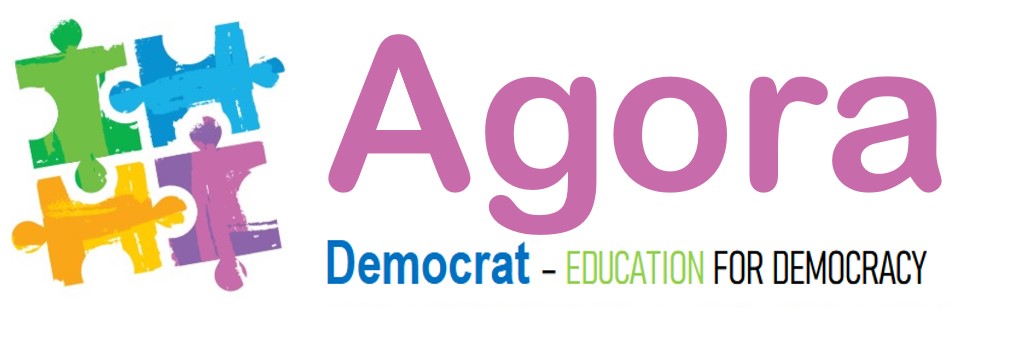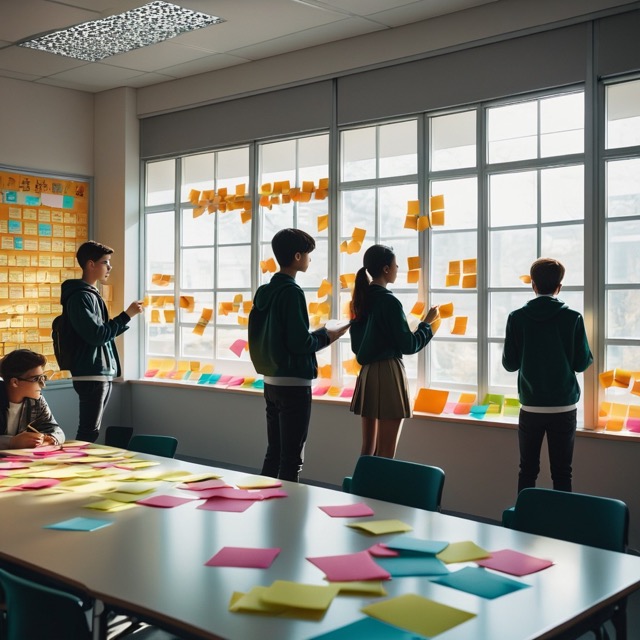In Finland, extensive research and initiatives are dedicated to fostering democracy education. One notable example from the recently concluded project, “Democracy and Human Rights Education Pilot Project in Primary Schools for the 2022-2023 Academic Year,” exemplifies this commitment. Coordinated by the Finnish National Agency for Education, this publication highlights successful and effective practices from the project executed during the 2022-2023 academic year. Funded through the “Right to Learn” initiative and the national strategy for children, this pilot aimed at elementary schools is part of the broader effort to roll out Prime Minister Sanna Marin’s Democracy Program 2025.
Educational authorities from nine regions across the country, beneficiaries of government grants, bring forward their most impactful experiences from the past year. The contributions detail the execution of activities and the comprehensive learning that ensued. Furthermore, the document features insights from university experts in democracy and human rights education who engaged directly with the pilot schools, alongside contributions from involved NGOs and organizations.
The final report of the project, titled “Effective Practices for Implementing Participation in Primary Schools” (Finnish National Agency for Education, REPORTS AND REVIEWS 2023: 4a), offers a comprehensive overview of the project’s outcomes and insights. This document serves as a valuable resource for educators and policymakers alike, providing detailed examples of how to enhance participatory practices within the educational framework of primary schools.
An example of a school project in Children’s Rights Week
Sari Muhonen, a lecturer from the University of Helsinki’s Viikki Teacher Training School, writes about their experience of a participation project executed in their school. The University of Helsinki’s Viikki Teacher Training School is a vibrant example of actively engaging students in democracy and human rights education. Located in the bustling environment of Viikki, Helsinki, this large university-affiliated comprehensive school, with its thousand students, becomes particularly lively during “Children’s Rights Week,” a theme week dedicated to engaging various stakeholders more robustly than in previous years.
During this week, the focus is especially on the primary school section, although the activities are visible throughout the whole school. A central feature of this initiative is the UNESCO wall within the school, serving as a community focal point and a symbol of the collective spirit fostered by the project.
The school’s active student councils, particularly the “Little Parliament” in the primary section, meet weekly to orchestrate communal activities. Through these councils, all students are invited to plan, share, and experience Children’s Rights Week, making it a collaborative effort that integrates democracy skills, community building, and human rights into the educational and operational culture of the school.
The process unfolds with an initial information and planning survey conducted in the classrooms, facilitated by teachers and a specialist from the University of Helsinki. This approach allows students to voice their interests and preferences for the week’s activities, fostering a sense of ownership and engagement in the events planned.
Noteworthy activities during the week include morning assemblies, information sessions, drama workshops, and interactive sessions with various NGOs and experts. This collective effort culminates in a school-wide engagement, with students actively participating in discussions, workshops, and creative projects that reflect on and advocate for children’s rights.
Reflecting on the week, organizers and collaborators highlight the success of the initiative in fostering a community spirit and engaging students meaningfully. The planning and execution of such a thematic week demonstrate the power of collaborative effort in promoting democracy and human rights education. It is an iterative process, with each year offering opportunities to refine and enhance the engagement based on previous experiences.
This initiative by Viikki Teacher Training School stands as a testament to the effectiveness of community-based approaches in embedding democracy and human rights education within the school culture. It exemplifies how educational institutions can play a pivotal role in empowering students to become active, informed, and conscientious citizens.
For further reading and resources related to this initiative, the school provides access to various materials, including UNESCO school activities, student council operations, and detailed planning and reflections on Children’s Rights Week.
You can follow the link to see these resources below (in Finnish):
In Finland, extensive research and initiatives are dedicated to fostering democracy education. One notable example from the recently concluded project, “Democracy and Human Rights Education Pilot Project in Primary Schools for the 2022-2023 Academic Year,” exemplifies this commitment. Coordinated by the Finnish National Agency for Education, this publication highlights successful and effective practices from the project executed during the 2022-2023 academic year. Funded through the “Right to Learn” initiative and the national strategy for children, this pilot aimed at elementary schools is part of the broader effort to roll out Prime Minister Sanna Marin’s Democracy Program 2025.
Educational authorities from nine regions across the country, beneficiaries of government grants, bring forward their most impactful experiences from the past year. The contributions detail the execution of activities and the comprehensive learning that ensued. Furthermore, the document features insights from university experts in democracy and human rights education who engaged directly with the pilot schools, alongside contributions from involved NGOs and organizations.
The final report of the project, titled “Effective Practices for Implementing Participation in Primary Schools” (Finnish National Agency for Education, REPORTS AND REVIEWS 2023: 4a), offers a comprehensive overview of the project’s outcomes and insights. This document serves as a valuable resource for educators and policymakers alike, providing detailed examples of how to enhance participatory practices within the educational framework of primary schools.
An example of a school project in Children’s Rights Week
Sari Muhonen, a lecturer from the University of Helsinki’s Viikki Teacher Training School, writes about their experience of a participation project executed in their school. The University of Helsinki’s Viikki Teacher Training School is a vibrant example of actively engaging students in democracy and human rights education. Located in the bustling environment of Viikki, Helsinki, this large university-affiliated comprehensive school, with its thousand students, becomes particularly lively during “Children’s Rights Week,” a theme week dedicated to engaging various stakeholders more robustly than in previous years.
During this week, the focus is especially on the primary school section, although the activities are visible throughout the whole school. A central feature of this initiative is the UNESCO wall within the school, serving as a community focal point and a symbol of the collective spirit fostered by the project.
The school’s active student councils, particularly the “Little Parliament” in the primary section, meet weekly to orchestrate communal activities. Through these councils, all students are invited to plan, share, and experience Children’s Rights Week, making it a collaborative effort that integrates democracy skills, community building, and human rights into the educational and operational culture of the school.
The process unfolds with an initial information and planning survey conducted in the classrooms, facilitated by teachers and a specialist from the University of Helsinki. This approach allows students to voice their interests and preferences for the week’s activities, fostering a sense of ownership and engagement in the events planned.
Noteworthy activities during the week include morning assemblies, information sessions, drama workshops, and interactive sessions with various NGOs and experts. This collective effort culminates in a school-wide engagement, with students actively participating in discussions, workshops, and creative projects that reflect on and advocate for children’s rights.
Reflecting on the week, organizers and collaborators highlight the success of the initiative in fostering a community spirit and engaging students meaningfully. The planning and execution of such a thematic week demonstrate the power of collaborative effort in promoting democracy and human rights education. It is an iterative process, with each year offering opportunities to refine and enhance the engagement based on previous experiences.
This initiative by Viikki Teacher Training School stands as a testament to the effectiveness of community-based approaches in embedding democracy and human rights education within the school culture. It exemplifies how educational institutions can play a pivotal role in empowering students to become active, informed, and conscientious citizens.
For further reading and resources related to this initiative, the school provides access to various materials, including UNESCO school activities, student council operations, and detailed planning and reflections on Children’s Rights Week.
You can follow the link to see these resources below (in Finnish):


Leave a Reply